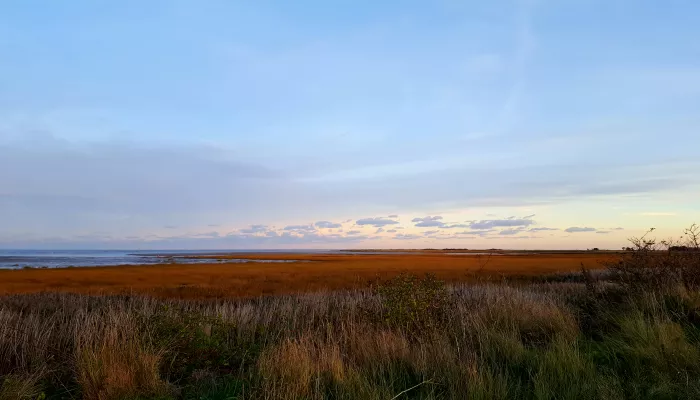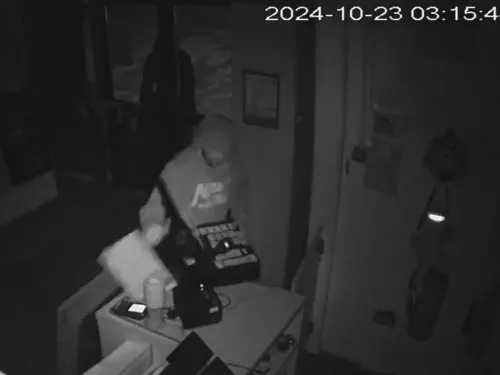
CCTV captures moment smash and grab burglars target charity
The moment over a thousand pounds worth of damage was done by heartless thieves who targeted a charity in Sevenoaks has been caught on camera.

Kent Wildlife Trusts Planning and Policy Officer, Emma Waller said:
“We are hugely disappointed to see that nature is yet again not valued and are asking the National Grid to review the strategic alternative routes and their impacts on the environment to choose the least damaging route. In short, we want the National Grid to “Rethink Sea Link.”
“We have already experienced the impacts of trenching at Pegwell Bay, when in 2018, the National Grid, in partnership with Belgian Elia Group, installed the Nemo Link electricity cable. Like Sea Link, trenchless techniques were the preferred method of installation, however, commitments were reneged, and open-cut trenching techniques were used, resulting in irreparable damage to the salt marsh and marine habitats. We are concerned that the mistakes of the past will be repeated.”
Sandwich and Pegwell Bay is a haven for wildlife, designated as internationally important and protected by UK law. The site is home to Kent’s largest population of seals and the Sea Link plans have only involved a ‘desktop mammal survey’ and ecologists remain concerned that the development will impact the seal colonies living along the shore.
The cable is planned through the protected area of Margate Long Sands Special Area of Conservation (SAC) which supports Annex I habitats which are protected under European Law and the development has the potential to cause irreversible habitat loss to Goodwin Sands which is in a Marine Conservation Zone (MCZ) and supports diverse epifauna such as Sabellaria Reefs, a priority habitat and blue mussel beds. The sandbanks are also important spawning and nursery grounds for species such as thornback rays.
The golden plover, turnstone, and red-throated diver have all been recorded at Pegwell Bay and the surrounding sites and are at risk of being displaced through disturbance. The golden plover and turnstone are designated features for Thanet Coast and Sandwich Bay Special Protection Area (SPA)
The proposed route for overhead cables and converter and substation will directly impact Sandwich Bay and Hacklinge Marshes SSSI, Ash Level and South Richborough Pasture Local Wildlife Site (LWS) and Woods and Grassland Minster Marshes LWS.
The development would also result in the loss of 13.6ha from within Minster Marshes, an area with priority habitats and functionally linked land which plays a vital role in supporting the species for which Thanet Coast and Sandwich Bay SPA has been designated. Significant numbers of golden plover have been recorded using the field where the new converter and substation are proposed.

The moment over a thousand pounds worth of damage was done by heartless thieves who targeted a charity in Sevenoaks has been caught on camera.

Kent Wildlife Trust is in the process of repairing damage at the Jeffery Harrison Visitor Centre in Brandbourne Road, Sevenoaks. The damage was caused during a burglary that happened overnight between Tuesday 22nd October and Wednesday, 23rd October 2024.

On the 3rd November, representatives from Kent Wildlife Trust will join tens of thousands of environmentalists, community groups, water sports clubs, individuals and more will be flooding the streets of London with a clear message to the new Government -…